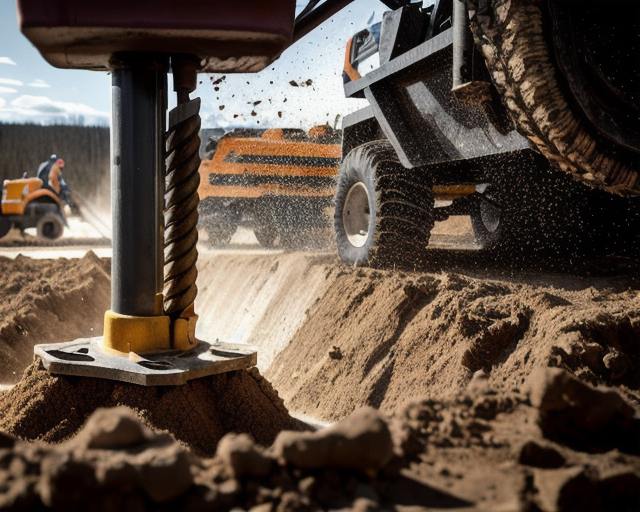When it comes to industrial equipment maintenance, selecting and utilizing the right ‘Wear Parts’ correctly is crucial. This article provides valuable insights into the process of choosing and using ‘Wear Parts’ effectively. By understanding the factors to consider, comparisons between different types of ‘Wear Parts,’ and employing proper usage techniques, industries can maximize the lifespan and performance of their equipment. Visit the official page to learn more.
How to Choose ‘Wear Parts’
Selecting the appropriate ‘Wear Parts’ requires careful consideration of several factors. Firstly, assess the specific requirements of the machinery and the tasks it performs. Understanding the operating conditions, such as temperature, pressure, and abrasiveness, is essential in choosing ‘Wear Parts’ that can withstand these challenges.
Comparing different types of ‘Wear Parts’ is also vital. Evaluate the materials, such as high-carbon steel, alloy steel, or tungsten carbide, and their respective properties, including hardness, strength, and wear resistance. Consider the application and the expected lifespan of the ‘Wear Parts’ to make an informed decision.
How to Use ‘Wear Parts’ Correctly
Proper utilization of ‘Wear Parts’ is as important as selecting the right components. Follow these steps to ensure optimal performance and longevity:
Installation: Adhere to manufacturer guidelines for correct installation procedures. Improper installation can lead to premature wear or failure of ‘Wear Parts.’ Use the recommended tools and techniques to secure the components accurately.
Regular Inspection: Implement a routine inspection schedule to assess the condition of ‘Wear Parts.’ Look for signs of wear, damage, or deformation. Early detection allows for timely replacement, preventing further damage to the equipment.
Lubrication: Proper lubrication reduces friction and wear. Follow manufacturer recommendations for lubrication frequency and type. Insufficient lubrication can lead to accelerated wear and premature failure of ‘Wear Parts.’
Monitoring: Utilize monitoring systems to track the performance of ‘Wear Parts.’ This includes measuring wear rates, temperature, and vibration levels. Monitoring enables proactive maintenance, preventing unexpected failures and optimizing part replacement intervals.
Timely Replacement: Replace ‘Wear Parts’ as recommended by the manufacturer or based on inspection results. Avoid excessive delays, as worn-out components can cause damage to other parts of the machinery.
Tips to Maximize the Lifespan of ‘Wear Parts’
To extend the lifespan of ‘Wear Parts’ and enhance equipment performance, consider the following tips:
Proper Maintenance: Implement a comprehensive maintenance plan that includes regular cleaning, lubrication, and inspections. Preventive maintenance reduces the risk of premature wear and improves overall reliability.
Operator Training: Train equipment operators on proper usage techniques and maintenance procedures. This ensures that ‘Wear Parts’ are not subjected to unnecessary stress or misuse.
Supplier Collaboration: Establish a partnership with reputable suppliers who provide high-quality ‘Wear Parts.’ They can offer valuable guidance, recommend suitable components, and provide ongoing technical support.
Common Mistakes to Avoid
To avoid potential pitfalls when choosing and using ‘Wear Parts,’ consider the following:
Neglecting Specifications: Don’t overlook the importance of selecting ‘Wear Parts’ that align with the specific requirements of the equipment and application. Using substandard or incompatible components can lead to premature failure.
Ignoring Maintenance: Neglecting regular maintenance and inspections can result in excessive wear, reduced lifespan, and unexpected equipment failures. Allocate adequate resources for maintenance activities.
Improper Installation: Incorrect installation procedures can compromise the performance and longevity of ‘Wear Parts.’ Always follow manufacturer guidelines and seek professional assistance when needed.
Conclusion
In conclusion, choosing and utilizing ‘Wear Parts’ correctly is vital for optimizing the lifespan and performance of industrial equipment. By considering factors such as operating conditions and material properties, industries can select suitable ‘Wear Parts’ for their specific needs. Employing proper installation techniques, implementing regular inspections, and adhering to maintenance best practices will ensure that ‘Wear Parts’ perform optimally and contribute to the longevity of the equipment.
